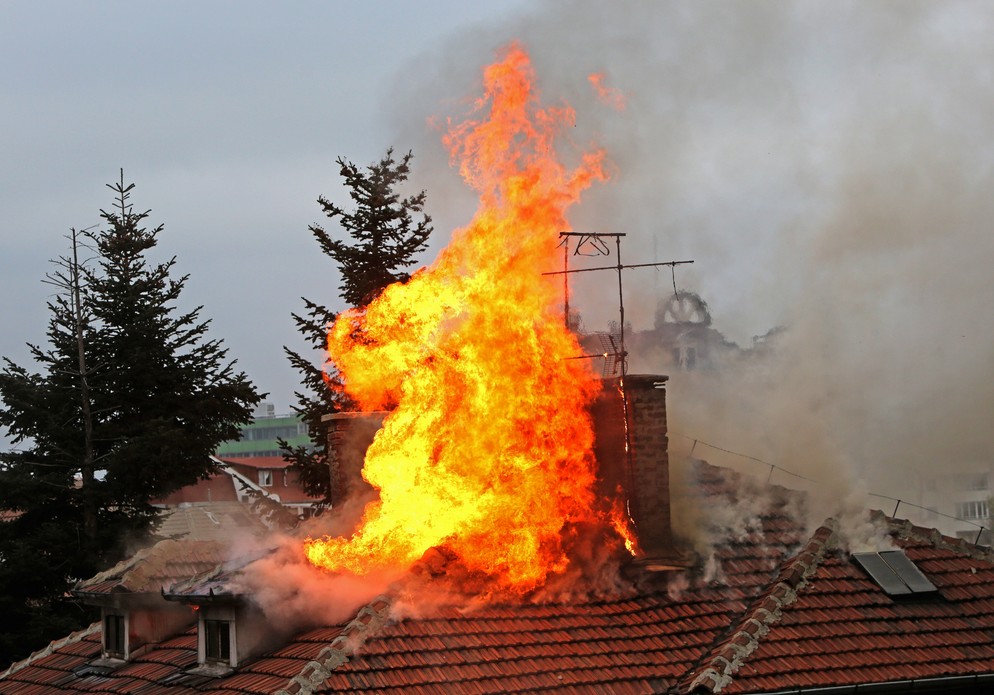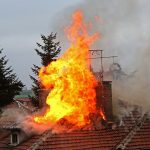Fire is a sudden and disruptive phenomenon that can happen anywhere, behind charred walls and burnt furniture. It leaves behind the smoke and lingering odor that can cause serious health concerns. Time is ticking while the fire is spreading fast. Interim stabilisation and quick restoration can help prevent secondary damage and reduce the cost of smoke and fire restoration.
What is Smoke & Fire Restoration?
Though interchangeability applies, smoke and fire restoration mean different things. On-hand fire restoration focuses on physical destruction caused by fire, while on the other hand, smoke restoration focuses on residues, odor, soot, and airborne contamination that remain even after the flame.
Thus, smoke and fire restoration refers to an end-to-end process of restoring the property after a fire, taking care of the physical damage as well as airborne contamination.
Step-by-Step of the Restoration Process:
Damage restoration experts help you get your property back to its pre-fire state by following some steps. Here are the steps involved in the smoke and fire restoration process:
1. Initial assessment & emergency stabilisation
After the fire is extinguished, a thorough inspection of the property is done to map out the extent of damage, contamination, and risk. Photos and videos are taken for insurance documentation and restructuring planning.
2. Remove damaged content / protective measures
In the next step, the salvageable items, like severely burnt and heavily smoke-soaked things, are removed and isolated, while the more valuable things are stored in a safe place for fast smoke and soot infiltration. After that, proactive measures for the relatively intact or less-damaged areas are done.
3. Cleaning, smoke/soot removal, odour control
The next step involves dry and wet cleaning of surfaces. For soot and airborne particulate removal, chemical sponges are used along with a hi-tech, specialised vacuum. After cleaning, the odor control is done with the help of thermal fogging, ozone treatment, and air scrubbing. These processes do not mask the odor but neutralise it. Smoke and soot often get trapped in HVAC systems, and cleaning them is an essential step. After duct cleaning, the air quality test is done to check if the place is safe for habitation.
4. Repair/rebuild and restoration of structure & contents
Fire can do intense structural damage to walls, ceilings, furniture, insulation, wiring, plumbing, and more. The condition of the affected item is checked, and those things that are damaged beyond repair are replaced, while those that can be repaired are repaired.
Summary
Time is crucial in smoke and fire restoration, as proper cleaning and smoke removal within the initial 24-48 hours can prevent secondary damage. So don’t wait; contact professionals before it’s too late.
Media Contact
Website: https://www.floodprosusa.com/
Phone: (941) 202-6436
Address: 1450 Idlewild Ct Unit B, Sarasota, FL 34243







